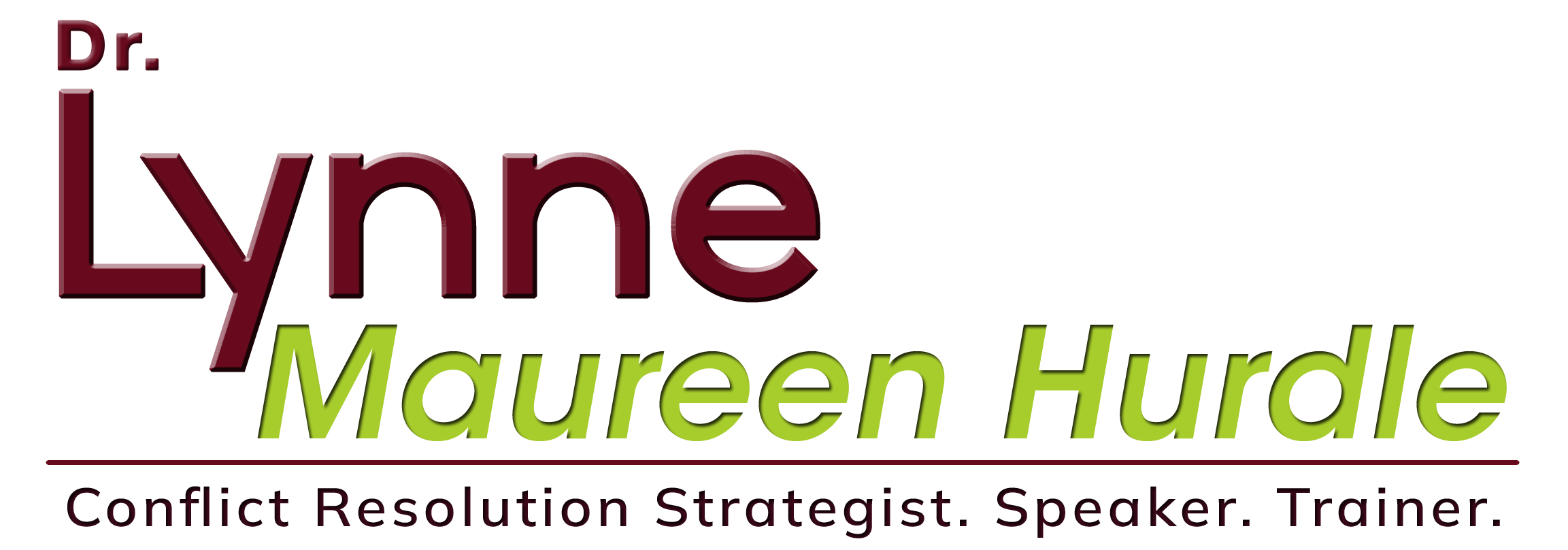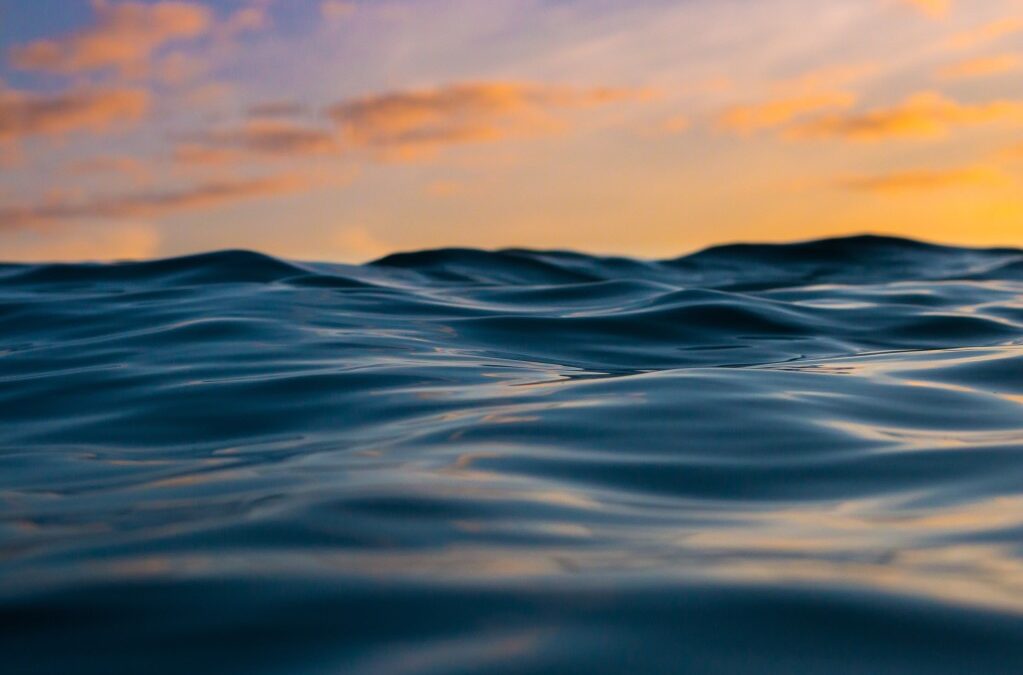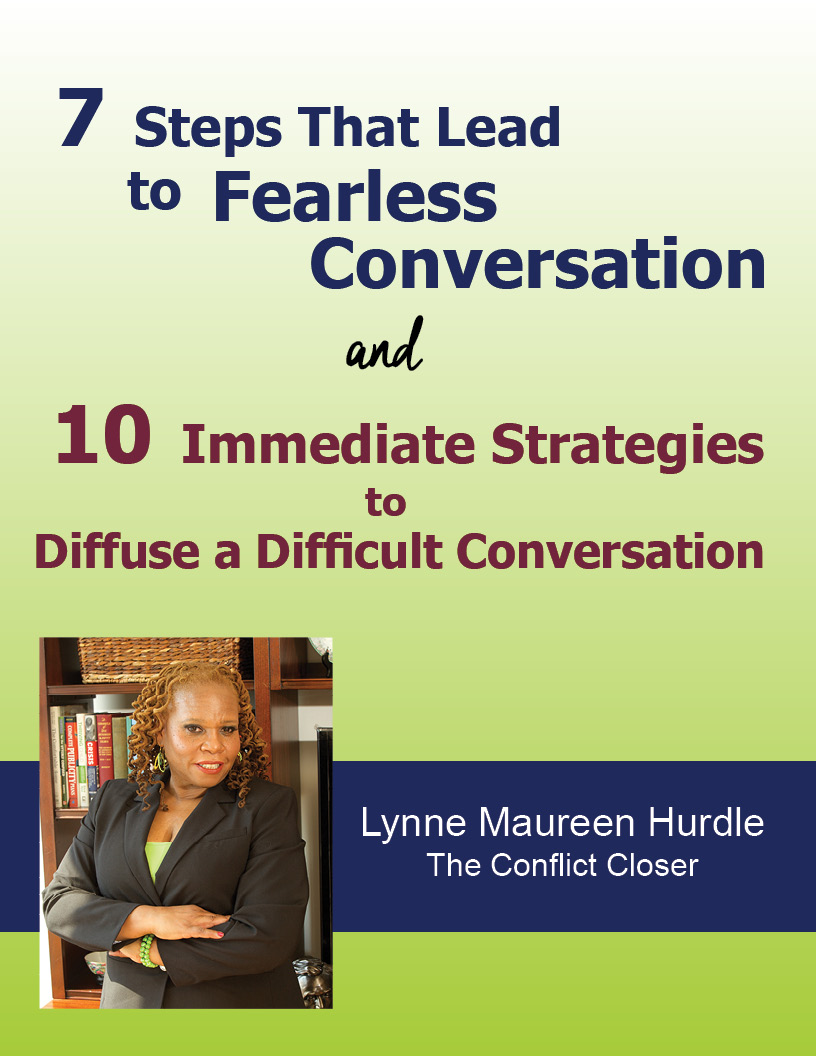“Be like water. Adjust to the object and you will find your way around or through it. If nothing within you stays rigid, outward things will disclose themselves. Be like water, my friend.” – Bruce Lee
I am a HUGE Bruce Lee fan, but when I first read this 25 years ago, I had no idea how to be like water or why I would even bother to try.
My mind has changed over the last decade and I indeed see the value to being like water, to flow with what is presented to me at the present time. It has been a challenging practice to let go of rigid thinking, rules, sayings, cultural norms, and sage wisdom and to flow from an empty vessel in the moment. Particularly when conflict arises, it can be scary sounding in theory, both challenging and liberating in practice.
I remember first trying it out in a recurring conflict situation with my youngest son. “Be like water, be like water Lynne, be like water.” I needed to repeat this because at the moment I was much more inclined to be like fire and just burn. My then ten-year-old son had forgotten his homework and books at school. This was something that he had done at least three times a week since the start of school and it was December. In spite of countless questions and reminders, we had spent way too many Saturdays pleading with the security guard to let us into the classroom to retrieve all of his materials, and this time I was ready to blow.
I had just reread Bruce Lee’s philosophy on being water and it made perfect sense that a person could and should try to be like water in a situation that would have us off balance and losing control of ourselves, decisions, and the entire situation. To me, being like water means to be able to get calm and still and to flow. I needed to transcend to this place of flowing right at that moment and I was having tremendous trouble getting there.
What water was up against was frustration, fatigue, confusion, embarrassment, all ready to explode into anger. Knowing that anger sits on top of so many emotions, I knew that I had to go deep and identify what those emotions were in order to do some serious inquiry. I knew this because before I could make it to water, I did in fact explode and it was close to volcanic. It turns out, it is not easy to be like water my friend.
Defining It
In its truest form, water can be still or it can rise up and take you over and under. It essentially adapts to the situation, but always with the greatest sense of what it is. It is water, a powerful force of nature that owns its power even and especially in stillness. Have you ever been around and experienced still water? Did you notice the effect it had on you and everything around it? The essence of water is its adaptability to what its surroundings and circumstances are.
Then what does being like water really mean? It means being able to be who you are in the midst of any circumstances and to flow. It means being able to be still as well as rise in a situation and takeover in a strong and conscious way and then return to a place of calm stillness, fully and totally aware of who you are. Getting to that space takes some work, but I’ve developed my own step-by-step process that you might want to try the next time conflict rears its head. It’s especially effective during a heated conflict.
The Process of Being Like Water
Step 1: Listen, sit still or stand if it is not a power move to do so and simply listen to what is being said.
Step 2: Observe facial expressions and any other non-verbals.
Step 3: Remind yourself to be like water.
Step 4: Pause and take note of your own feelings. Do not worry about what they may think about what you are doing, water knows its power and does not react, but rather gives what is needed.
Step 5: Know that there is no need to create a storm when a ripple or a wave will do.
Step 6: Ask a question or two for clarity and then listen some more, again swaying lightly (almost imperceptibly) like water. It is a gentle movement from side to side, it is implanting in your body the reminder to be like water.
Step 7: Tune in fully to both your body, including your breathing, and the feelings coming up for you. Manage both the feelings and the breath so they work FOR you, not against you.
Step 8: Listen even more intently. Listen to fully understand.
Step 9: Pause. Water adapts to the circumstance. Stay in the present and adapt to the reality that this is happening and you can flow with it.
Step 10: Prepare your response and then share it from the flow of the body of water that you are being.
The idea that in today’s world we could take the time to learn to be like water and then actually prioritize being like water rather than avoid, yell, order, fix, explode or letting the fear rise up in you and drive you to a substance break, is worth much questioning. And yet I know that it can be done.
If you want to know more, reach out to me at [email protected].
In the meantime, when that next conflict arises, “be like water my friend.”
In love,
Dr. Lynne





